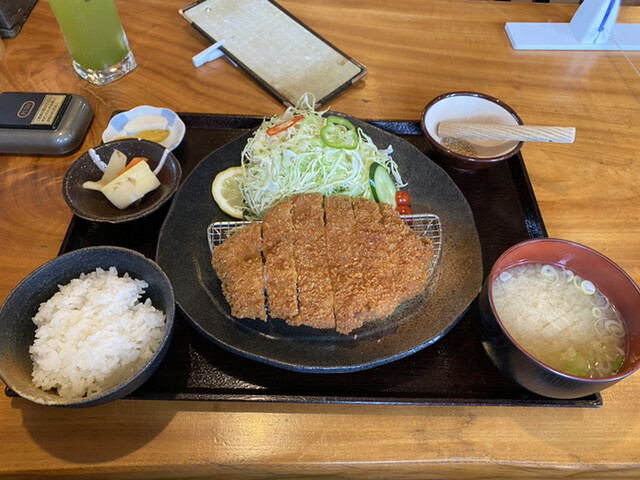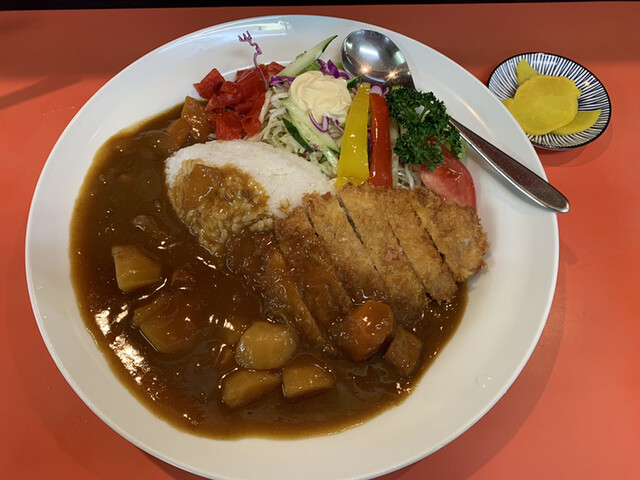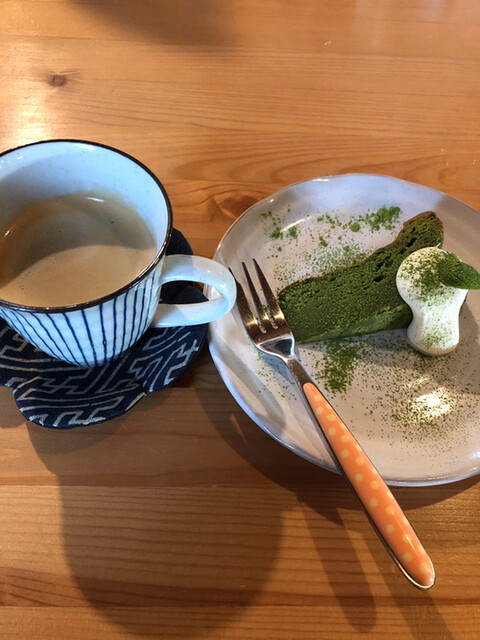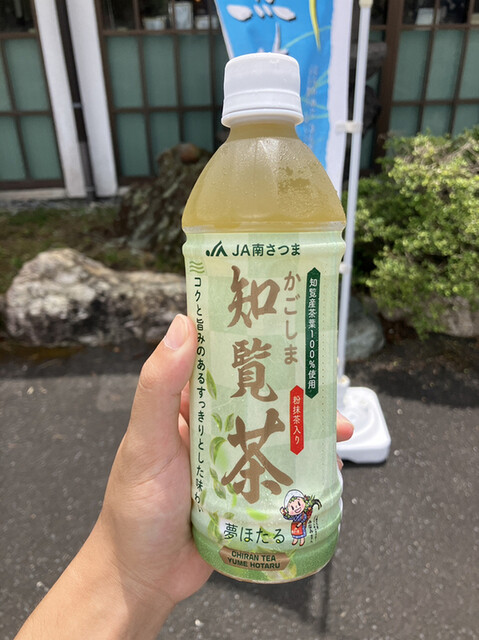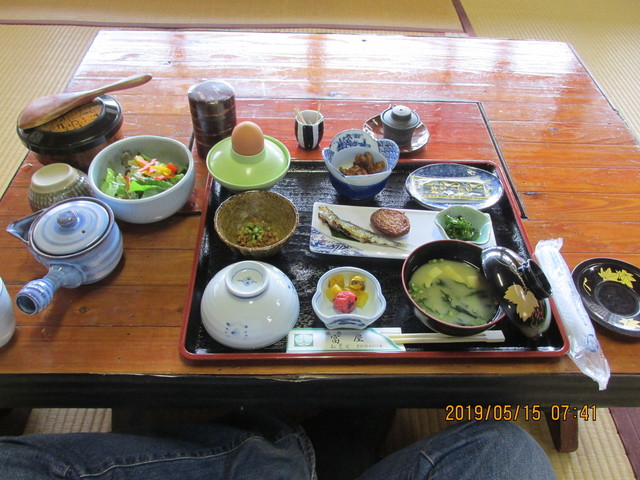
Toyotama-hime-no-Mikoto, the main deity of Toyotama-hime Shrine, is the grandmother of Emperor Jimmu, the first emperor of Japan. This shrine is known as a god of safe childbirth, child-rearing, and matchmaking, and has various blessings. First of all, in the prayer for safe childbirth, you can pray for the safety of the mother and child during childbirth. In addition, in the prayer for children, you can pray for having children and for the healthy growth of children. In the prayer for child-rearing, you can pray for the health and happiness of your child's growth. Furthermore, Toyotama-hime Shrine has blessings for safe navigation. People involved in shipping or the sea may visit the shrine to pray for the safety of navigation and peace at sea. Toyotama-hime Shrine gathers faith from local people and visitors through these blessings, and many prayers for safe childbirth and child-rearing are particularly performed!









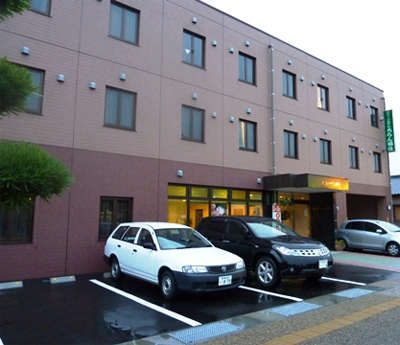


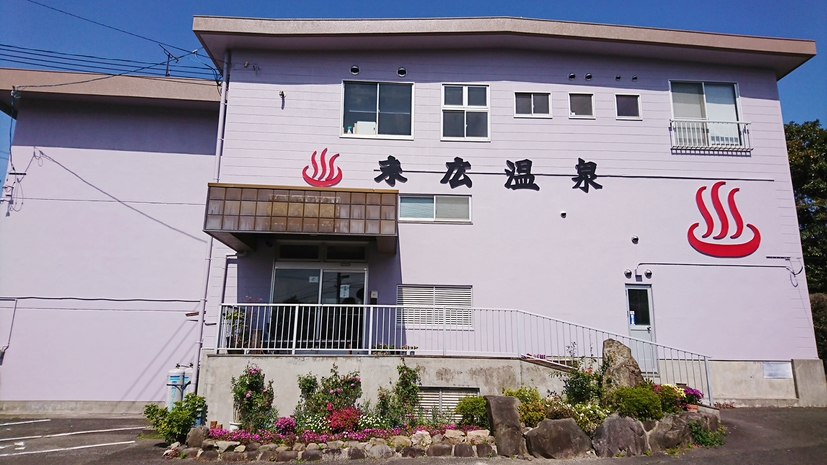










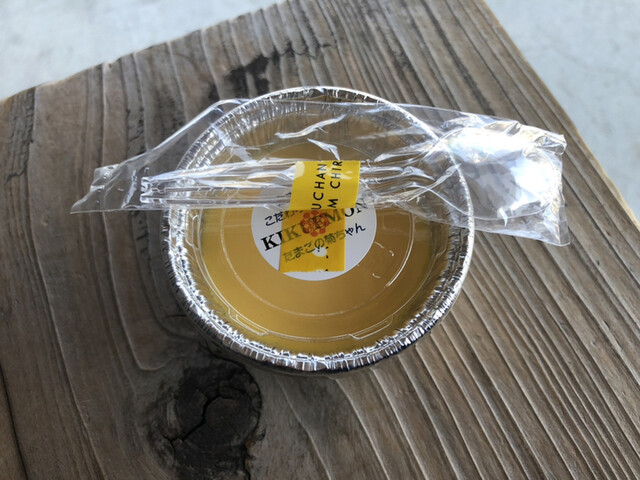
 ~¥999
~¥999
 -
-
